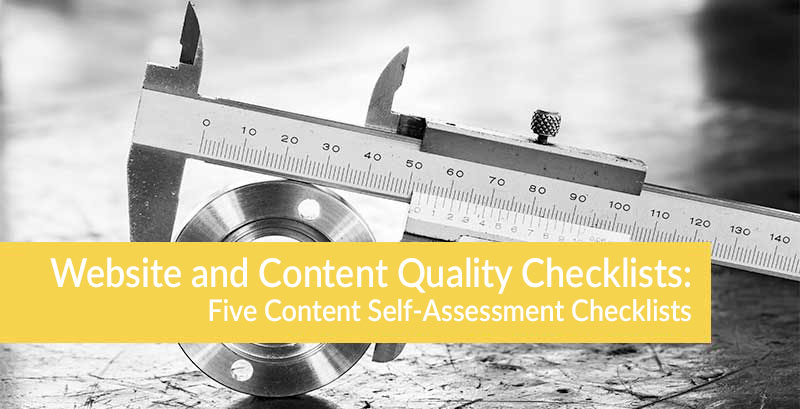With the current pandemic, many kids are being home schooled and working on their homework. Did you know that you should be working on yours as well? No one really likes homework, but it is one of the best ways to do something today that pays off in the future.
Some people deal with uncertainty by cleaning, online shopping, or binge watching – but I want to change this. Instead, I want you to do your SEO homework. SEO homework is the best way to turn a not-so-great situation into one that converts into only good things with improved search engine results, more website traffic, and new customer relationships.
Like you, the Know Agency team is disappointed with cancelled conferences and speaking engagements, delayed family trips, and adjusting to not socializing with friends and family. But now, we do have some extra room in our schedules to focus on the to do’s that frankly we’ve been too busy to address.
Like writing this blog about how to optimize your SEO with 10 SEO best practices. Consider this blog your SEO to do list – start at the top of the list and work your way through it. When you’re not sure what to do next or are feeling a bit stressed, return to this SEO to do list and focus on the next item in the list.
Before you know it, you will have made great strides in optimizing your SEO – and be ready for future successes.
Optimize Your SEO with these 10 SEO Best Practices
These 10 SEO best practices are your SEO homework. Work through this list of best practices like you would approach a to do list. Start at the top, take your time, do it right, and then move on to the next SEO to do item in the list.
- Measure Your Website Speed
Your website should load in two seconds or less. Akamai has conducted numerous studies on site speed and user retention – anything longer than two seconds and your readers will abandon your site. This research is supported by Google who uses site speed as a key ranking factor.
Use Google’s PageSpeed Insights to measure your site speed. To improve your site speed follow the recommendations from PageSpeed Insights and remember to compress your images, use browser caching, tighten up your HTML, and implement AMP. - Review Your Keyword List
Keywords are always changing. The list you generated 10 weeks ago is no longer relevant. Use a tool like SearchVolume.io to find your keywords and significant monthly search volume. Next, use a free tool like SEMrush to tell you what your competitors are ranking for. This tool also identifies the keyword opportunities that you aren’t ranking for.
Now that you have a refreshed keyword list, sit down with your colleagues and brainstorm a content and social media plan. Next, start writing. Remember to incorporate your keywords into your content naturally. - Share Your Content On Social Media
Sharing content on social media helps create social signals with search engines. Research into social signals and SEO tells us that social media likes, shares, and retweets do matter.
When sharing your content on social media, remember these keys to social media success:- Only post content that is useful to your audience.
- Don’t post if it’s trending but has nothing to do with your audience and niche market.
- Ask people to share your content.
- Add share buttons to your blogs and articles.
- Evaluate Your Internal and External Links
Internal links help your Google E-A-T score and make it easier for people to navigate your site. Use the keywords and keyword phrases you identified in step 1 as your link anchor text.
Use external links to link to other websites that provide authoritative content on your blog subject. These links demonstrate that you have done your research and are providing useful content to readers and the search engines. For example, in this post I link to external websites that provide research and statistics on SEO. - Talk To Your Team About SEO
Make sure everyone on your team and anyone who creates content, understands SEO. Remind them how important it is to use keywords naturally, to include internal and external links, to use an actionable title, and to share content on social media. Remind everyone of the importance of SEO for building B2B relationships. - Refresh Old Content
Every website and blog has it – old content that needs to be refreshed. Yes, even the Know Agency website has content that we want to refresh (and yes, our content wizards are working on this right now). Refreshing old content is a chance to incorporate your new keywords, to update links, to address new issues or developments, and show that you’re staying up to date with the latest industry trends.
Think about the links you click in the search engine results page (SERP). Will you click a link dated 2013 or a link dated 2020? I would choose the 2020 link – the date tells me that the content is likely to be relevant and up to date. The 2013 link could be good, but seven years is a long time. - Start An Email Newsletter
If you don’t have an email newsletter, you are missing out. An email newsletter is the ideal way to connect directly with your customers and anyone who is interested in your company.
The strength of an email newsletter is its staying power. Social media is great, but Tweets and posts get lost in mere seconds. The email newsletter is a reliable constant in the inbox.
To learn more about writing email newsletters read: - Review and Update Meta Descriptions
Meta descriptions are the two or three sentences that appear below the page title on SERPs. People read your meta description and then decide to click your link (or not).
Each page on your website needs a unique meta description. In 165 characters or less you need to describe the content on the page and incorporate a call to action (CTA) that encourages clicking.
I know it can be tedious but set time aside to review every meta description on your website. Make sure each meta description is unique, uses a CTA, is less than 165 characters, and describes the page content. - Update Blog, Whitepaper, and Article Titles
The first thing people read is the title. If the title doesn’t grab them, they won’t read your blog, article, whitepaper, or eBook. Your title is listed on the SERP and is as equally important as your meta description.
When writing your title, consider this advice from Orbit Media on title format: Target Keyphrase + Colon + Number or Trigger Word + Promise. For example, Your SEO To Do List: Optimize Your SEO with 10 SEO Best Practices. - Create More Quality Content
Your readers want quality content from you. The search engines want you to create quality content. Quality content lets you optimize your SEO, gives you something to share on social media, helps establish your expertise, authority, and trust with Google, makes it easy to write newsletters, and gives people a reason to visit your website.
And ultimately quality content is necessary if you want to improve your SEO and search engine results. Focus on quality – not quantity. Think about what you like to read and write this content.
Now as homework goes, I like to think this isn’t that hard. SEO works – but only if you do the basics right. This SEO to do list of SEO best practices helps you optimize and focus on the basics of strong SEO.
The entire Know Agency team looks forward to meeting with you face-to-face in meetings, at conferences, and at meetups. But until it is safe to do so, please know that we are still continuing as normal, we can meet with you virtually – we can talk about SEO or whatever else is on your mind. This is the ideal time to support one another however we can.
About the author
Jane Phelps is the CEO/Partner at Know Agency. Jane is the main point of contact for our clients and handles all aspects of in-house SEO demands. This includes providing SEO training, competitive analysis, keyword research, algorithm analysis, and the review of all new content to ensure SEO best-practices are followed. Jane holds a Master’s Certificate in Online Marketing from the University of San Francisco, is BrightEdge Certified and is the head of the BrightEdge User Group in Atlanta, GA.



